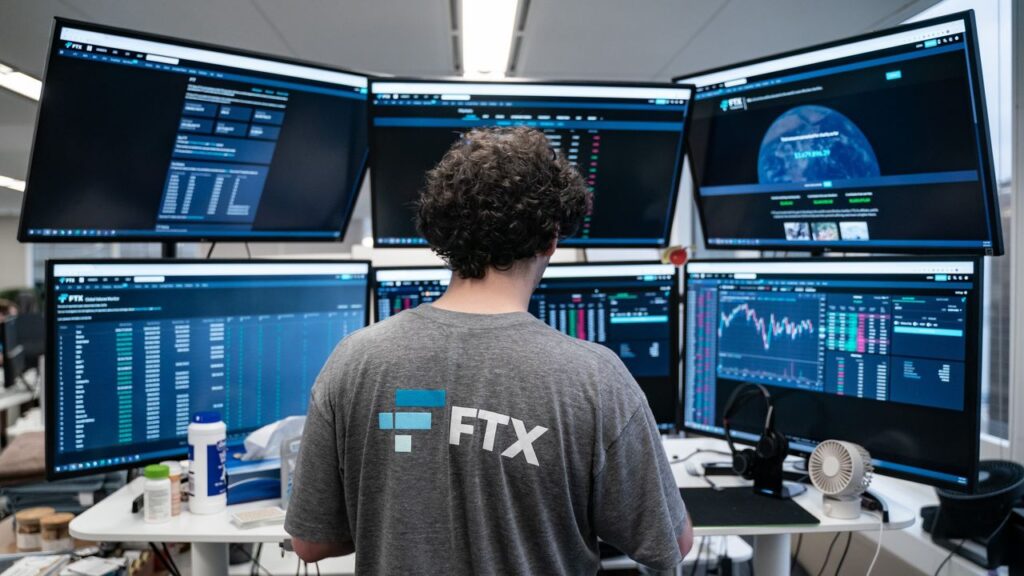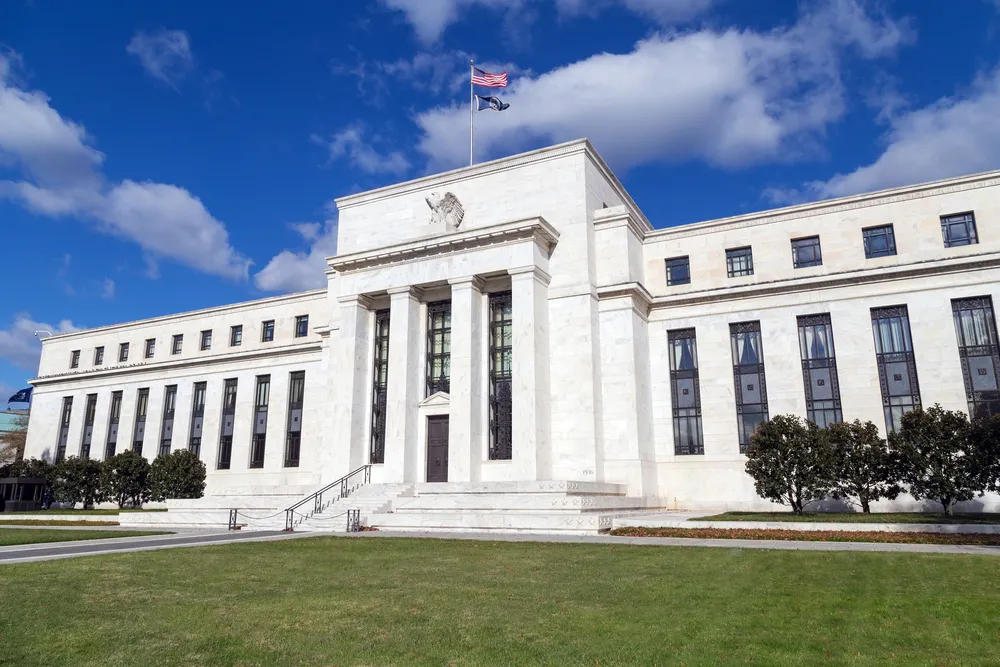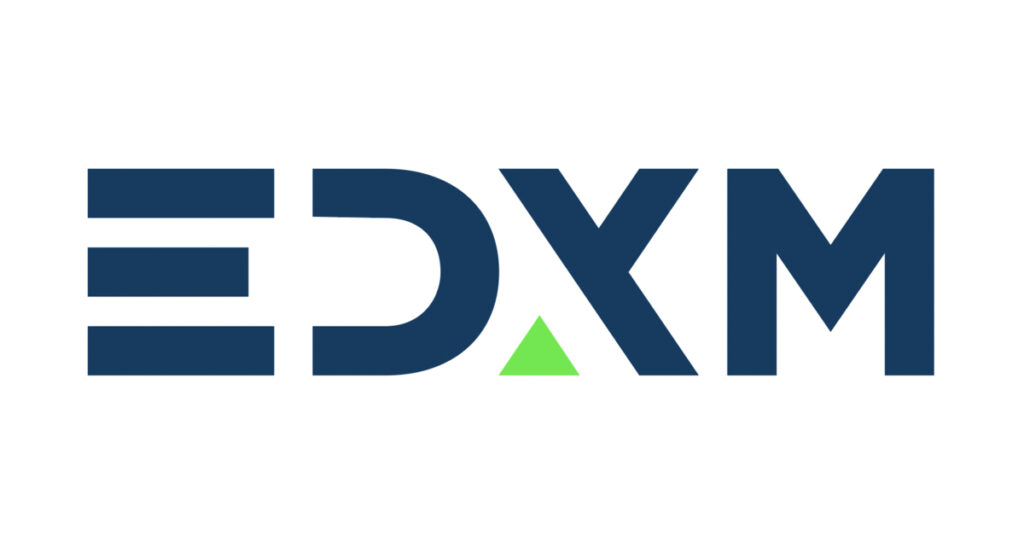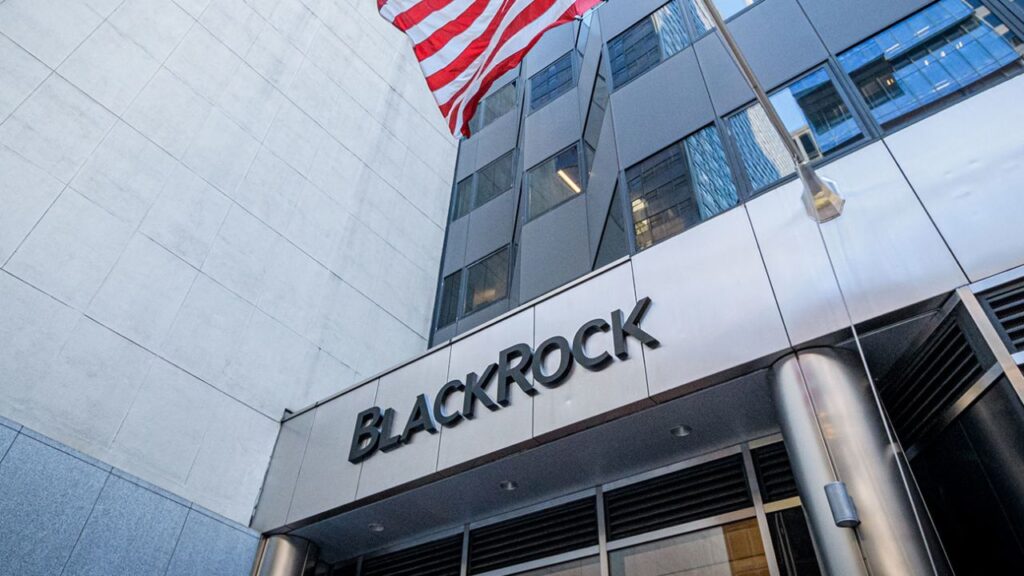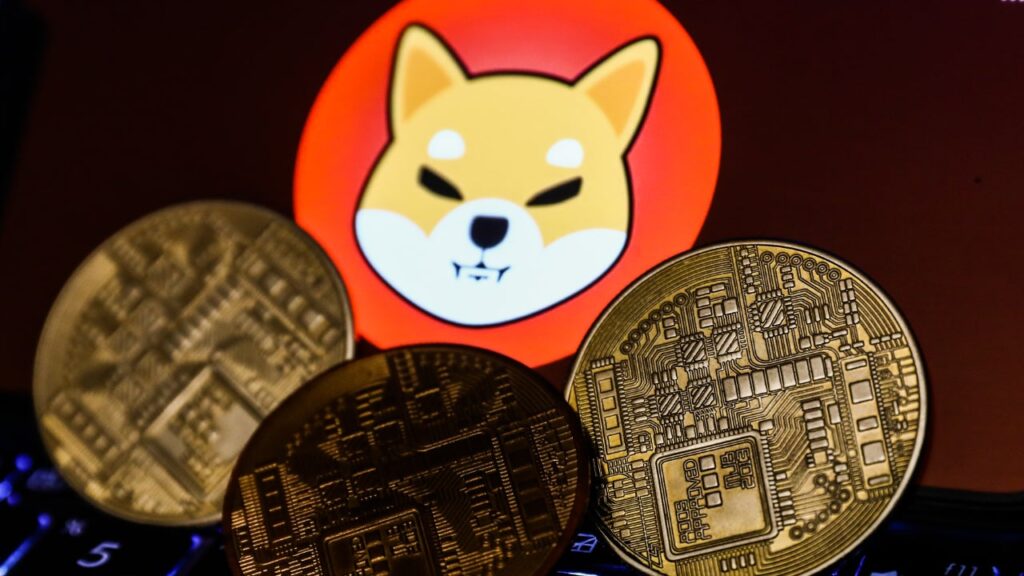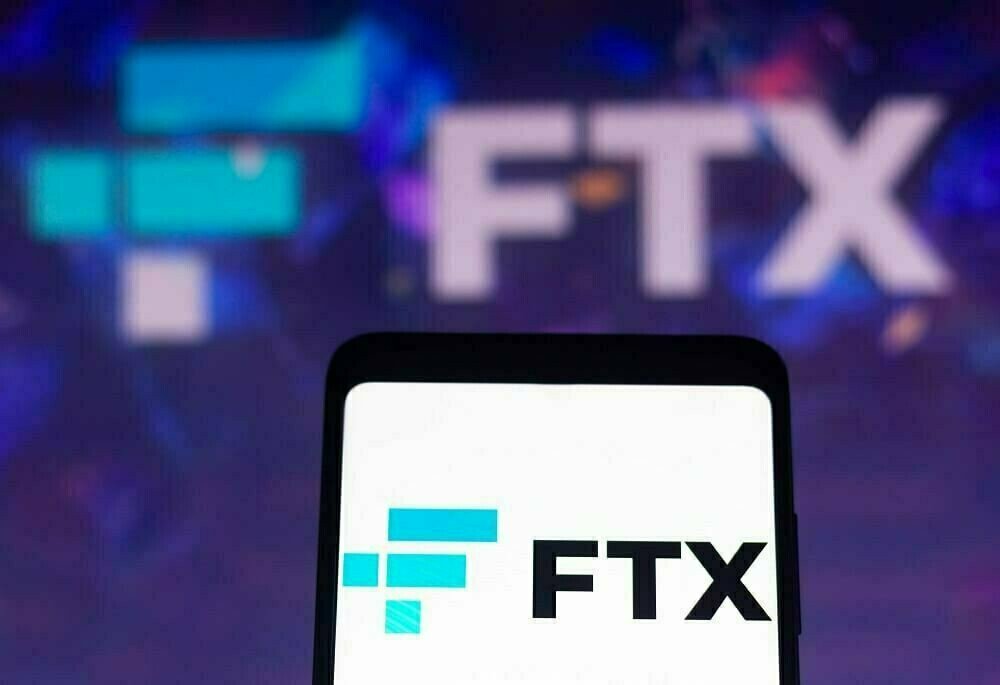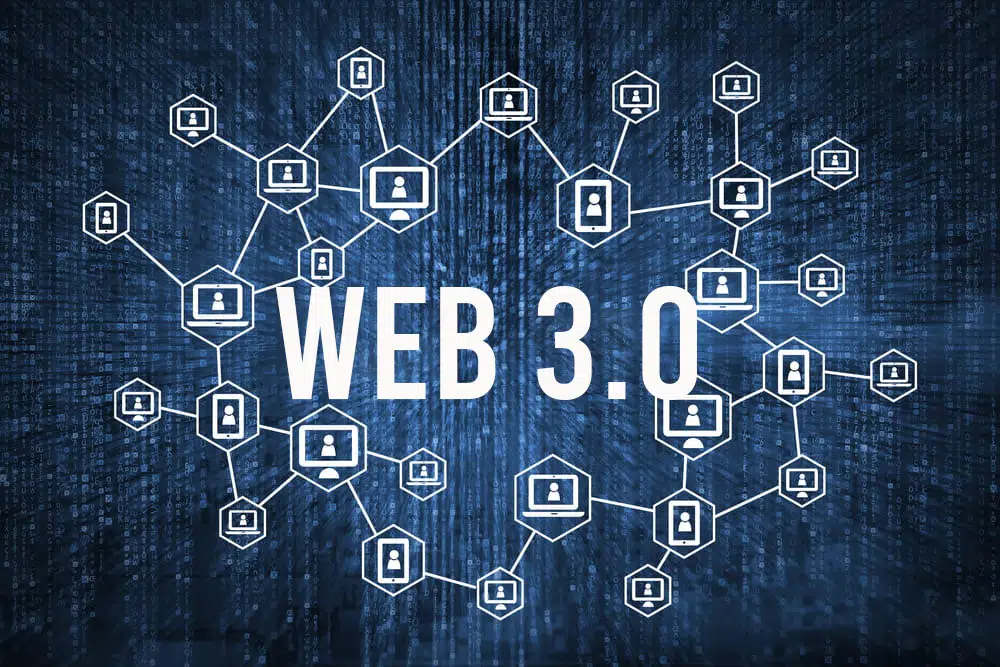FTX, the bankrupt crypto exchange, is moving closer to relaunching itself as an entirely new exchange, as stated in a recent report from The Wall Street Journal on June 28. John Ray, the restructuring chief at FTX, announced that the company has initiated the process of seeking interested parties for the reboot of the FTX.com exchange.
Sources familiar with the matter revealed that FTX has been engaged in discussions with potential investors regarding financing for the relaunch.
Among the interested parties is Figure, a blockchain lending company. However, Figure did not respond to Cointelegraph’s request for comment.
Potential bidders have been given until the end of the week to submit their Letters of Intent, which outline the terms and conditions for their participation in the process.
Notably, current FTX creditors may be offered a stake in the reorganized crypto exchange, along with other forms of compensation.
In an effort to distance itself from its troubled past, FTX is expected to rebrand with a new name rather than being called “FTX 2.0” or any variation of its original name.
The FTX team, led by John Ray, believes that a reboot is the best course of action to ensure that creditors receive the best possible outcome in terms of repayment.
FTX’s legal team had previously stated in April that they anticipated the launch of the new exchange to be completed sometime in the second quarter of 2024.
However, the recovery process for FTX is not without challenges. A June 26 report highlighted a significant deficit of nearly $2 billion in FTX’s books.
Furthermore, the efforts to recover these missing funds have been further complicated by allegations of the misuse of customer assets by key leadership at FTX.
Daniel Friedberg, a former regulatory officer at FTX, who has been mentioned as an unnamed party in many legal proceedings, was sued by FTX on June 27.
The lawsuit accuses Friedberg of orchestrating “hush money” payments to silence potential whistleblowers and approving fraudulent transfers and loans.
The report on the missing funds also shed light on alleged investments in venture capital firms, a $243 million Bahamian real estate portfolio, and numerous donations to non-profit organizations.
Other Stories:
Bitcoin (BTC) Miners Experience Record Surge in Revenue Sent to Exchanges
Sale of FTX’s $500 Million Stake In AI Startup Paused, Hindering Efforts To Fill $2 Billion Gap
Reshape The Future Of Cellular Connectivity And Bridge The Digital Divide

